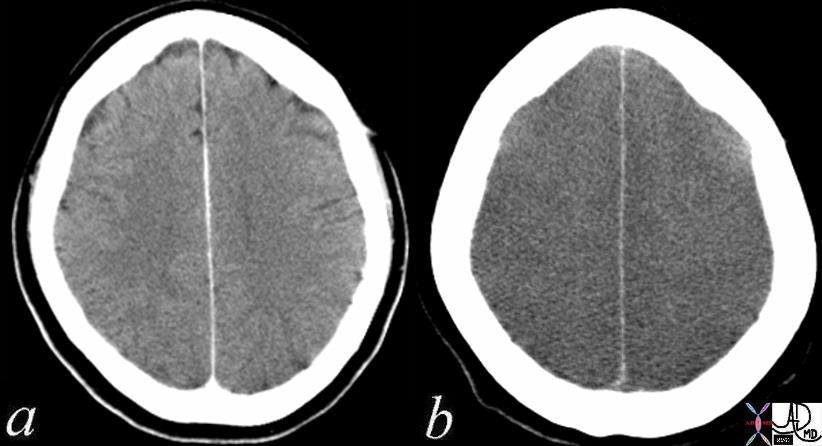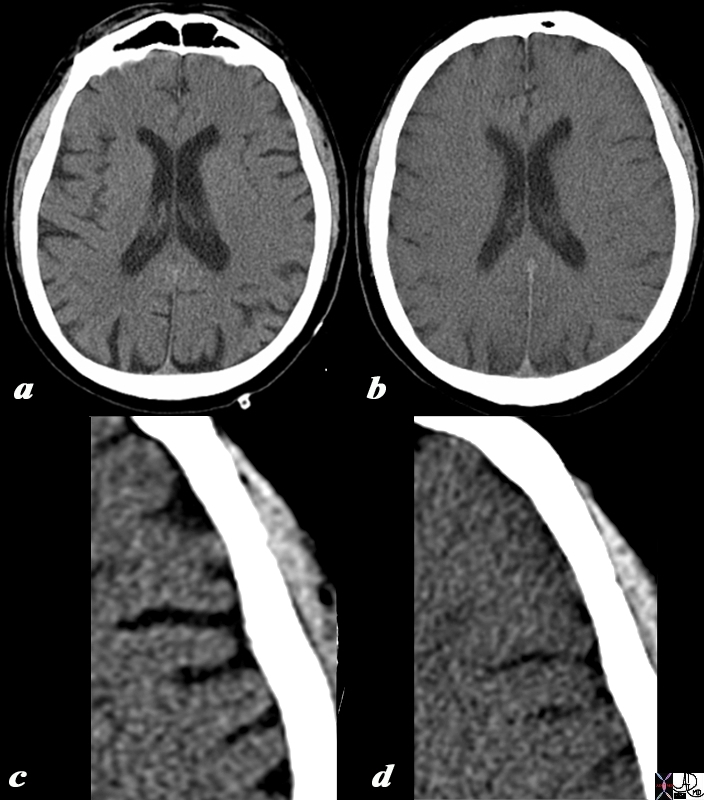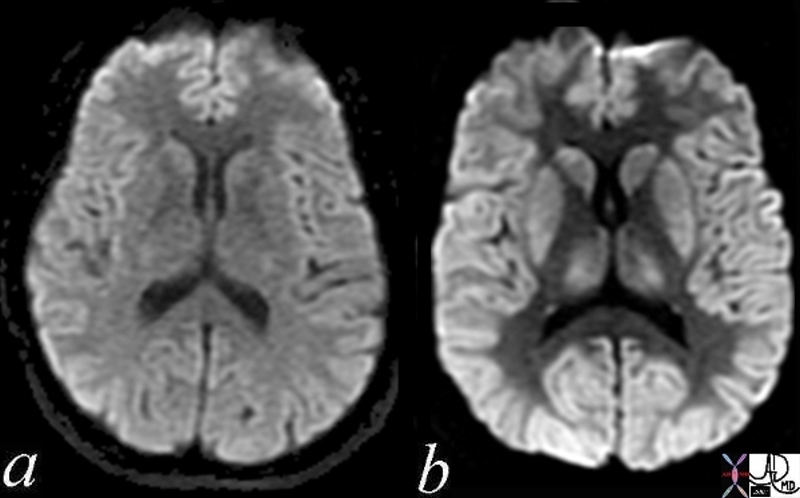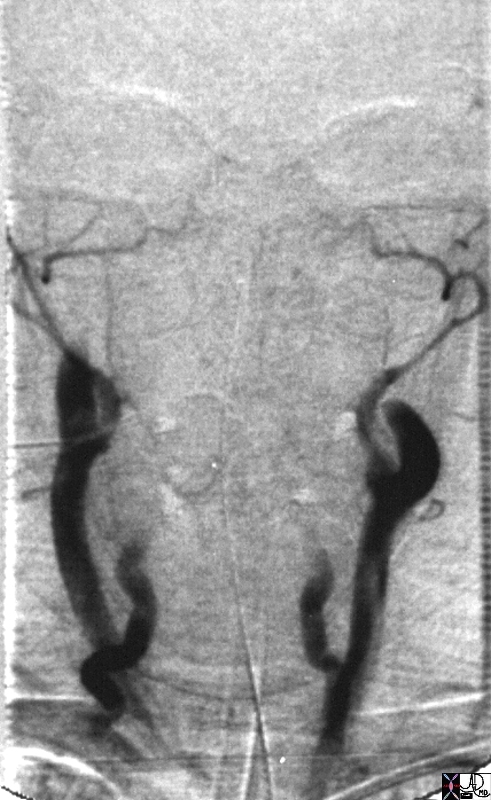The Common Vein Copyright 2010
Definition
Anoxic brain damage refers to a diffuse damage to the brain resulting from continuous failure of oxygen delivery to the brain cells for more than 3-4 minutes.
Even though the brain represents not more than 2% of the weight’s body, it actually consumes 15-20% its oxygen. The intensity of metabolism explains the particular vulnerability of the brain to anoxia.
It is caused and observed in different conditions: ischemia from embolic processes, cardiac arrest, respiratory failure, carbon monoxide intoxication, vascular processes.
It results in several levels of neurological impairment, depending on the time of anoxia, the consequences can be severe and are characterized by great diversity. The temporal lobe, particularly the hippocampal region, have long been described as very vulnerable to anoxia, a phenomenon explained by the high incidence of memory impairment after cerebral anoxia. It can also result in persistent vegetative state; in cognitive sequelae limiting social and professional autonomy; motor disorders, including extra-pyramidal symptoms (hypertonia, akinesia, myoclonus); or have subtle and undetectable sequelae.
Pathological studies and recent brain imaging found that hippocampal impairment is less frequent than the basal ganglia, specifically the striato-pallidum. Involvement of the striato-pallidum explains the motor impairment and frontal dysfunction (by damaging the fibers to the prefrontal cortex), resulting often in frontal syndrome.
Radiologically, different changes are seen according to the timing occurred after the anoxic event. In the acute phase, high-strength DWI images show abnormal basal ganglia, cerebellum, and cortex. In the early subacute period, gray matter abnormalities are seen, and later, white matter abnormalities predominate.
Treatment is supportive, since the damage is permanent.

Normal CT (a) and Following cardiac Arrest 4 months Later (b) |
|
The CT is from a 52 year old female who had a CT 4 months prior tto a cardiac arrest (a) showing subtle but definite difference in the attenuation difference between gray and white matter. After the cardiac arrest, she suffered anoxic injury to the brain resulting in extensive and global swelling of the brain and both gray and white matter have the same attenuation. The distinction between the two cannot be made and this finding is consistent with global anoxic injury. After 10-15 seconds of anoxia from cardiac arrest, loss of conciousness occurs and after 5 minutes of arrest, irreversible brain injury occurs. The gray matter of the brain, particularly the frontal lobes have highest metabolic needs. The occipital, parietal, and temporal lobes and basal ganglia and cerebellum have lesser needs. The brainstem has the lowest oxygen needs. Courtesy Ashley Davidoff MD Copyright 2010 70134c01 |

Normal (a,c) and 3 Days later after a Cardiac Arrest (b) |
|
The CT is from a 57 year old male who had a CT 3 days prior (a,c) to a cardiac arrest (b,d) showing subtle but definite difference in the attenuation difference between gray and white matter. After the cardiac arrest, he suffered anoxic injury to the brain resulting in extensive and global swelling of the brain and both gray and white matter have the same attenuation. The distinction between the two cannot be made and this finding is consistent with global anoxic injury and edema. The windows of (c) and (d) have been narrowed in order to accentuate the gray-white matter interface in c and show the graying out of the interface when the brain is edematous. c After 10-15 seconds of anoxia from cardiac arrest, loss of consciousness occurs and after 5 minutes of arrest, irreversible brain injury occurs. The gray matter of the brain, particularly the frontal lobes have highest metabolic needs. The occipital, parietal, and temporal lobes and basal ganglia and cerebellum have lesser needs. The brainstem has the lowest oxygen needs. Image Courtesy Ashley Davidoff MD Copyright 2010 All rights reserved 90637c02.8L01 |

DWI – Normal (a) and Global Ischemia (b) |
|
The two images represent a diffusion weighted MRI sequence which measures Brownian motion of molecules. Image 9a) is normal. In acute infarction there is restricted Brownian motion of the affected area and the image can be manipulated to present this as a bright region. In this case the acute infarction or ischemia (b) is diffuse so the whole brain is relatively bright so that the white matter appears relatively dark (a) Courtesy Ashley Davidoff MD Copyright 2010 All rights reserved 49433c02.800 |

Brain Death |
|
This image represents the sad ending of life for this individual. The extracranial vessels are all occluded and there is no intarcerebral flow or perfusion. These findings are compatible with brain death. Courtesy Ashley Davidoff MD Copyright 2010 22772 |
